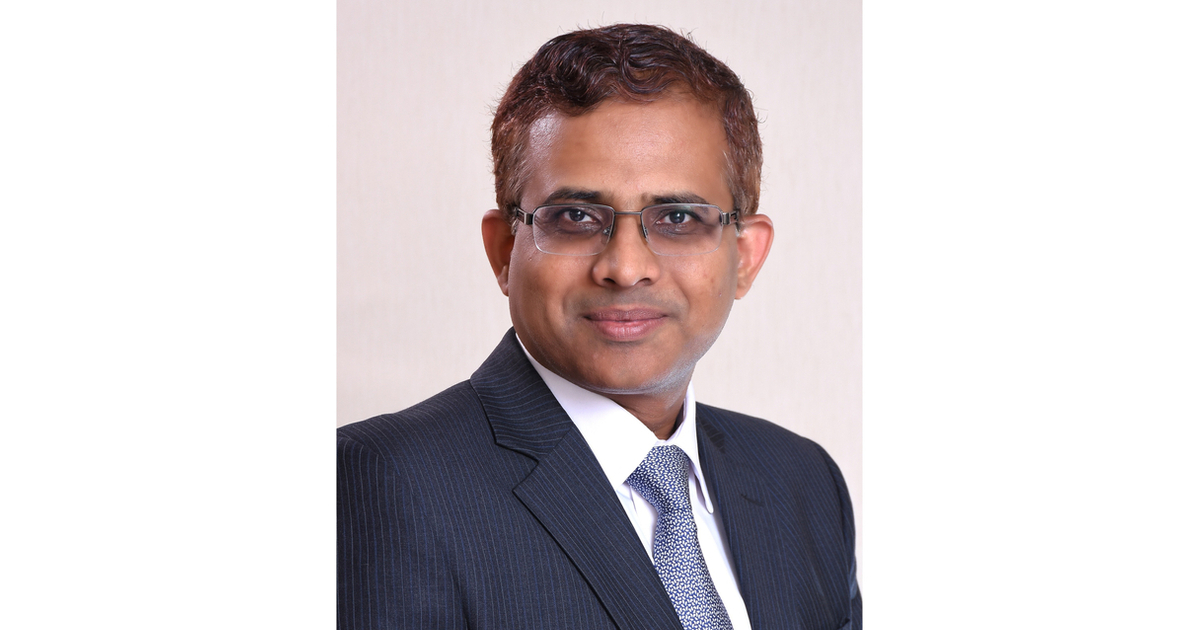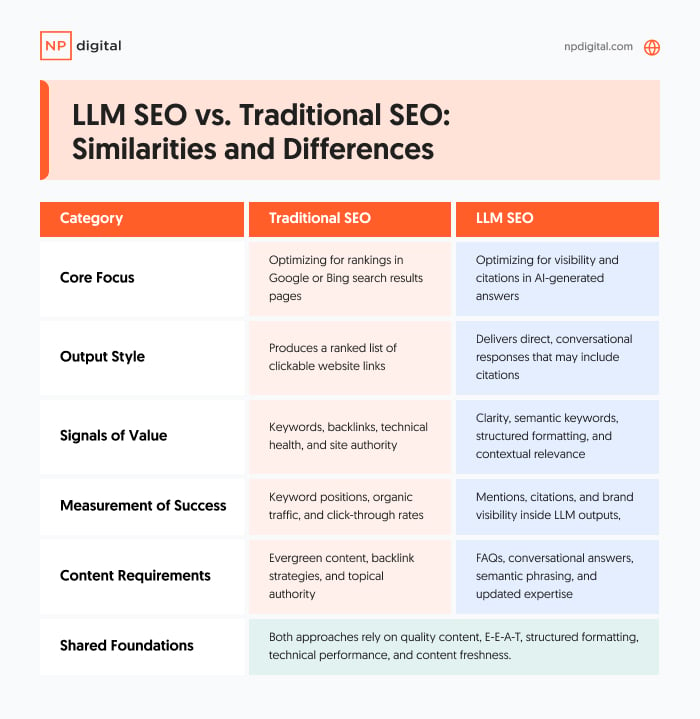Developing Our Spiritual Capacities
Informed by the teachings of Nichiren Shonin, founder of the Nichiren school of Buddhism, and Sot’aesan, the founder of Won Buddhism, Rev. Ryuei Michael McCormick looks at our capacity for spiritual awakening and how it relates to our maturity. ...

Informed by the teachings of Nichiren Shonin, founder of the Nichiren school of Buddhism, and Sot’aesan, the founder of Won Buddhism, Rev. Ryuei Michael McCormick looks at our capacity for spiritual awakening and how it relates to our maturity.

The Victory of Buddha, Abanindranat Tagore, 1914.
Are some people just more spiritually talented than others? In other words, do some people have more aptitude for overcoming greed and hatred, attaining intuitive insights about the true nature of reality, and aspiring to selfless compassion?
Many forms of East Asian Buddhism assume that this is the case. Nichiren Shonin (1222-1282, founder of the Nichiren school of Buddhism) included knowing the capacities of people as one of the five guidelines for propagating the dharma that a teacher should follow. (The other four principles are to have a deep understanding of the Buddha’s teachings, the timeliness for giving teachings, the nature of the country in which one is teaching, and the correct sequence of presenting the teachings.) Tiantai Zhiyi (538-597, patriarch of the Tiantai school of Buddhism in China), whose teachings provide much of the doctrinal basis for Nichiren Buddhism, spoke of people having dull, middling, sharp, or even supreme capacities for awakening.
Nichiren Shonin believed that the vast majority of people in the current Latter Age of the dharma (more than two millennia removed from the time of the historical Buddha) may be considered to be of dull capacity, without lifetimes of previous practice by which to cultivate good spiritual roots. Rather than presume that we could appropriately teach those of middling, sharp, or supreme capacities, even if any were to be found, Nichiren Shonin taught that teachers should simply sow the seed of buddhahood in all people equally through the propagation of the daimoku or “sacred title” of the Lotus Sutra in the form of “Namu Myoho Renge Kyo.” This is certainly one solution to dealing with the issue of people’s varying capacities for spiritual cultivation.
Capacity, understood in this way, would not be primarily a matter of talent or aptitude but of achieving certain stages of developmental maturity
I discovered a more recent take on this by Pak Chung-bin (1891-1943), more often known as Sot’aesan, the founder of Won Buddhism. He also spoke of the capacities of practitioners as being either high, intermediate, or low. In the second section of the tenth chapter of the Scripture of Sot’aesan, he states that those of high capacity are able to recognize the truth and take faith in it as soon as they hear it and practice with confidence. Those of intermediate capacity are able to understand, but are much more skeptical, constantly weighing the worth of the teachings and their teacher. Those of low capacity do not have the ability to understand but instead have deep faith, do not try to second guess their teacher or the teachings, and work tirelessly to practice and spread the dharma. He pointed out that those of low capacity are also able to jump up to the higher capacities. However, those of the intermediate capacity he saw as apt to belittle the dharma, to slight their teacher, and to lack firm aspiration and sincerity.
Ever since I read that, I have wondered about my own capacity. I certainly do not take anything on blind faith, yet I would not presume that my own wisdom and aspirations are of “high capacity.” I certainly seem, at least to myself, to be one of the skeptical types who questions everything and ends up undermining my own aspirations and efforts. I find it striking that, from Sot’aesan’s perspective as a teacher, it is easier to deal with people of high and low capacities than those of intermediate capacity—those who are just clever enough to outwit themselves.
The trouble with this concept of spiritual capacity is that it can be used to pigeonhole people, including ourselves, into rigid categories of spiritual aptitude. This can lead to odious comparisons and a gross oversimplification of how people’s outlooks, maturity, and spiritual horizons can shift and change over time. However, it seems to me that perhaps what Sot’aesan and earlier East Asian Buddhists were trying to communicate had to do with what the theologian James W. Fowler (1940-2015) called the “stages of faith.” Just as psychologists in the mid-twentieth century began to study cognitive and moral development through childhood into adulthood, Fowler believed that one could also observe the development of faith.
Fowler proposed six stages of faith development. The first stage he called “Intuitive-Projective.” This stage is typical of children from three to seven, upon whom stories and images make a great impression, unrestrained and uninhibited by logical thought. The second stage is called “Mythic-Literal.” It is typical of school-age children but can continue into adolescence and even adulthood. Those at this stage accept their faith community’s stories and symbols at face value and in a very literal way. The third stage is called “Synthetic-Conventional.” It typically arises in adolescence and, for many, continues into adulthood. This stage is characterized by conformity to the values, beliefs, and attitudes of one’s faith community. Those at this stage hold to a coherent worldview and system of values that they take as a given, which they do not need to examine and reflect upon too deeply. The fourth stage is called “Individuative-Reflective.” This stage may arise in late adolescence, but many do not enter this stage until their thirties or forties, if at all. The person undergoing this stage begins a process of critical reflection upon the beliefs, worldview, and values of their faith. This may be marked by an endeavor to demythologize their beliefs and find more rational and objective ways of relating to other people and the world. The fifth stage is called “Conjunctive.” Fowler believed this stage could not usually be found before midlife. Those in this stage are able to appreciate paradox and contradiction and can relate to the power of symbols and stories even while recognizing their relativity. The sixth stage is called “Universalizing.” Fowler states that those reaching this stage were exceedingly rare. He described those in this stage as “incarnators and actualizers of the spirit of an inclusive and fulfilled human community.” He further says that “they create zones of liberation” and that because they are perceived as subversive, many of them “die at the hands of those they hope to change.”
It seems to me that those whom Sot’aesan related to as practitioners of “low capacity” may have been those who had not yet matured past the third Synthetic-Conventional Faith stage. Those skeptical people of “intermediate capacity” who often become alienated from their faith communities (whether those they are born into or those they have chosen) are perhaps those in the fourth, Individuative-Reflective stage of faith. Finally, it would seem that those of “high capacity” are likely to be those who have matured into the Conjunctive (fifth) and Universalized (sixth) stages of faith.
Capacity, understood in this way, would not be primarily a matter of talent or aptitude but of achieving certain stages of developmental maturity. It is not as though one were held to a dull or middling capacity for life or that some people are simply born with a sharp or supreme capacity and never go through stages of fundamentalist literalism in childhood or skepticism and angst in young adulthood.
Reflecting on my own life, many of the stages that Fowler describes seem familiar. They are descriptive of different periods of my own struggles with the Christianity I was born into and the Buddhist faith that I found as a young adult. Probably many other Buddhist practitioners, especially converts, will also find these stages familiar. I recall, for instance, that my initial practice of daimoku was an attempt to find something beyond the conformist and parochial view of Christianity that I had grown up with. Instead, I found myself a member of a group that was promoting an authoritarian and fundamentalist version of Nichiren Buddhism. To be honest, I wasn’t really looking for a more open and rational community but a “correct” belief system that would enable me to gain a kind of supernatural control over my life and circumstances. This misguided effort lasted about two years. After that, I discovered Won Buddhism and other forms of Nichiren Buddhism and was able to practice various forms of Zen under qualified teachers. By the time I found and joined Nichiren Shu, I would say that I was beginning the process of critical reflection and taking personal responsibility for my beliefs, attitudes, and actions in a way consistent with what Fowler describes as the transition from a Synthetic-Conventional to an Individuative-Reflective faith. Perhaps, in the rhetoric of “capacities,” I had finally moved from a low or dull capacity to a middling or intermediate spiritual capacity.
Those who have entered the stage of questioning and reflection don’t necessarily leave their faith community, but they probably do get very defensive, even combative, regarding their beliefs. This was certainly the case with me: the internal questions and debates tended to overflow into outward justifications and rationalizations of beliefs and practices that I had become invested in over time. Also, overt and implied criticism from others tends to be felt more acutely when one doesn’t have a clear or comfortable answer, even for oneself. Over time, however, I have found that I could tolerate ambiguity better. I was able to let go of the need to be “correct” or to find some literal truth I could trace religious stories and symbols back to. I stopped being so combative and defensive about my own approach to Nichiren Buddhism and many other things as well. Perhaps these are indicators of entering into what Fowler called Conjunctive faith. Maybe my capacity is finally getting sharper. I do know that full spiritual maturity still shines in the distance; I have not grasped it yet. Not that it is something truly graspable.
Over the years, I have experienced the primary Nichiren Buddhist practice of chanting the daimoku in different ways. As I said, I was initially practicing it as a way to accrue karmic merit by affirming a “correct belief” in “True Buddhism,” using the mantra as a kind of magical spell to get things to go my way. Then, I began to understand it in connection with calming practice and the contemplation of the interrelatedness of all states of being in every thought-moment and the threefold truth of the empty, provisional, and middle-way nature of all things. It had become a mantra key to calm focus and intuitive understanding. At a certain point, I realized it must also become more personal than that. It must go beyond conceptual doctrines. I began to relate to the daimoku as a mantra that can lead beyond words to the source of all words and silence.
Different People, Different Approaches.
In light of my own experience and these reflections upon spiritual capacity and stages of faith, it seems to me within the teachings of Nichiren Shonin there are different approaches for people with different outlooks and aptitudes.
The first approach is to emphasize the practice of chanting daimoku as the outward expression of joyful confidence or faith that all beings can attain buddhahood. Our practice is itself an expression of the realm of buddhahood that is integral to all that lives. In this approach, there is no need to figure things out or think things through. One simply accepts the practice as the seed of buddhahood that is sown in ourselves and others, a seed that will ripen over time as it is nurtured through continued practice. As Nichiren Shonin wrote:
Beginners should refrain from giving alms, observing the precepts, and the rest of the first five bodhisattvas practices and for the present should instead take up the practice of Namu Myoho Renge Kyo which is the spirit of the single moment of understanding by faith and the stage of rejoicing. This is the true intention of the Lotus Sutra.
The second approach also utilizes chanting as the primary practice but acknowledges that chanting is itself the practice of calming the mind and cultivating insight into the profound meaning of the wonderful dharma that is being recited. This is for those who need good reasons and wholesome methods of cultivation beyond simple acceptance. They may question why chanting in Sino-Japanese or any other culturally embedded ritual practice is helpful at all and want to develop their practice beyond magical thinking or pious devotion. They need to know how to use the daimoku in terms of developing meditative absorption and how practice can enable us to see for ourselves that all phenomena and states of being are entailed in every thought-moment and that all phenomena are empty, provisionally existent, and expressions of the middle way. In regard to those who were “wise,” that is to say, literate, educated about Buddhist doctrine, and inquisitive, Nichiren Shonin wrote:
What we should chant all the time as the practice of the perfect teaching is Namu Myoho Renge Kyo, and what we should keep in mind is the way of meditation based on the truth of the three thousand realms in a single thought-moment. Only wise men practice both chanting Namu Myoho Renge Kyo and meditating on the truth of the three thousand realms in a single thought-moment.
The third approach is for those who are at the stage wherein practice, to remain meaningful, must be an expression of the depths of one’s own existence. This kind of practice goes beyond the doctrines, beliefs, and dogmas handed down by others (whether family, community, sacred writings, or revered teachers) and takes one to the source of all past words and formulas. In this approach, one does not chant with the intention to realize any particular objective, even buddhahood, nor to affirm any doctrine nor praise any entity. Rather, the daimoku becomes the focus of a deep inquiry into the nature of the practice and the one who is practicing. For example, the practitioner using this approach may hold one of the following questions in mind when chanting the daimoku:
How is this Sino-Japanese mantra the practice of all Buddhas? Who is chanting this? How is this practice the Wonderful Dharma that even the deaf can hear, the mute proclaim, and the blind see? What is this practice inviting me to awaken to?In this way, for those practitioners who are ready and able, the daimoku comes into its own as a means of introspection, a practice of spiritual contemplation for those who aspire to see for themselves the true nature of their own lives and all that their lives contain and are embraced by. For Nichiren Shonin, spiritual contemplation “means for one to meditate on his own mind, observing through it ten realms, from the hells up to the realm of buddhas, all of which are by nature contained in every mind.” (Writings of Nichiren Shonin Volume 2, p. 131)
Nichiren Shonin believed that, ultimately, the Lotus Sutra was not taught by the Buddha because people had the capacity to immediately understand it or even take faith in it., but because the time was ripe for all people to hear it. It was a spiritual medicine provided just when it would be most needed. Whether we are ready and able to take it is up to us.
I believe that, as practitioners, we should not presume to judge the spiritual capacities or stages of attainment of others. Rather, these teachings about spiritual capacity can spur us to reflect on our own development and maturity. For those of us who are teachers, we should consider how we can best meet people’s needs and abilities and adapt teachings and practices in such a way that it will be conducive to the continuing growth and development of the faith, understanding, and aspiration of those who have chosen to practice under our guidance.

 KickT
KickT 
































